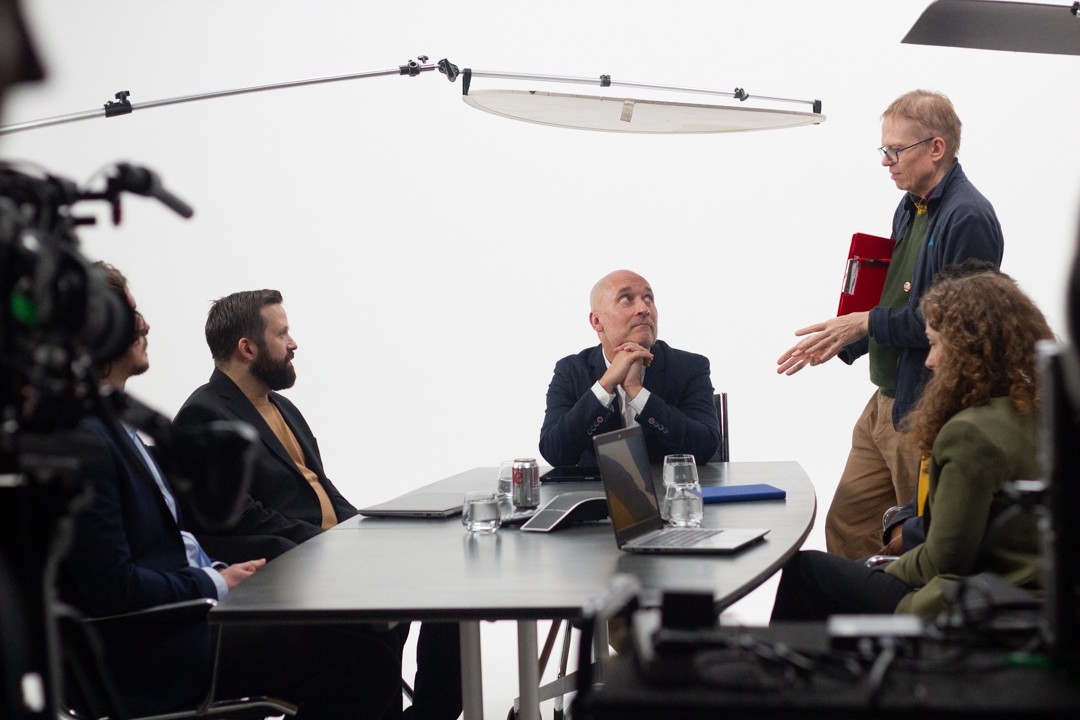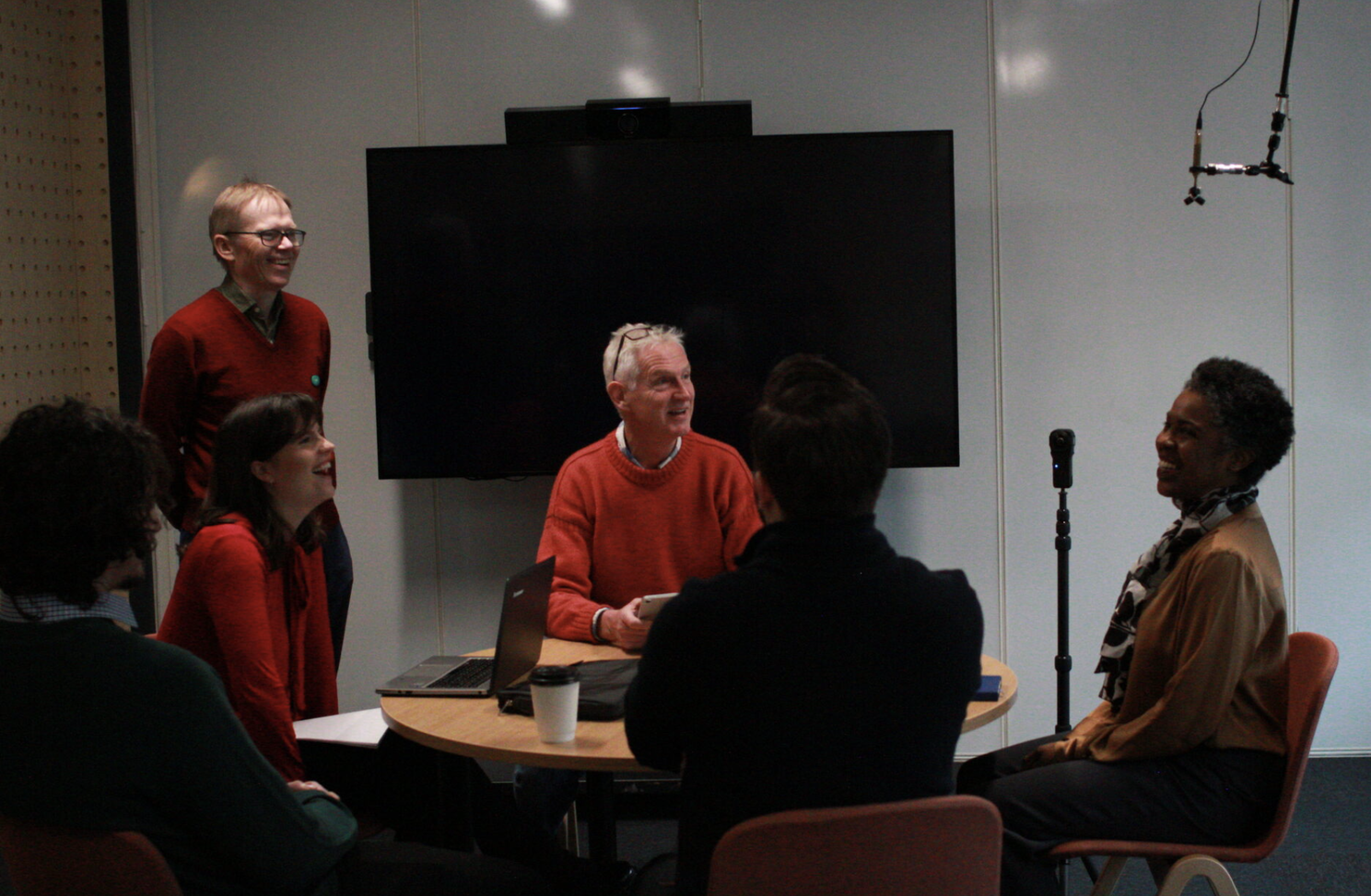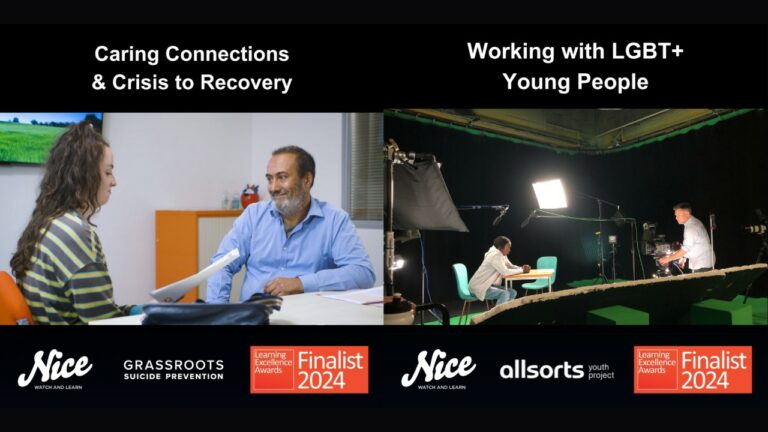We are excited to share one of our recent projects that includes a series of videos focusing on neurodiversity in the workplace. These videos were created with the intention of generating discussion of a complex topic across our client’s company, driving change in awareness and working practices within the organisation. This campaign uses our ‘Drama for Change’ approach to behaviour change (read about how it works here).
The backstory
Our journey with this client began a few years ago, with a project centred on diversity and inclusion, covering important topics such as racism, LGBTQ+ issues, micro-aggressions, ageism, and sexism in the workplace and recruitment processes. The aim of this project was to facilitate meaningful and open conversations around diversity and inclusion. Through the depiction of characters engaging in everyday conversations, but in fictional scenarios, the videos brought to light workplace issues that are often challenging to address and tend to be avoided.
It had such an impact that their teams still discuss the videos today. The success of this project was so inspiring, we were excited to continue working with our client on this new project.

“Around 9 in 10 neurodiverse people process sensory information differently”.
A workplace that acknowledges and embraces neurodiversity becomes a better environment for all employees. Not only does it benefit neurodiverse staff members, but it also supports those who may be unaware of their neurodiversity, do not have a formal diagnosis, or lack the confidence to request accommodations.
The aim of this project was to create three drama videos and one 360 virtual reality drama, focusing on neurodiversity in the workplace.
The drama videos were designed to highlight some of the challenges neurodivergent people experience in the workplace, the strengths that these individuals bring to their roles, how workplaces need to be aware of neurodiversity across the organisation (including with their clients), and the problems that a lack of accommodation and understanding can create.
Sensory immersion
The 360 video, experienced on a virtual reality headset, was designed to highlight sensory challenges and differences in perception from a first-person perspective. 360 videos aren’t well suited to drama , but they are great for some other uses, like demonstrating differences in perception.
Neurodiverse people can exhibit hypersensitivity, hyposensitivity, or a combination of both. They may experience sensory differences related to sights, sounds, smells, tastes, touch, balance, or body awareness. These sensory experiences have the power to significantly impact physical sensations, mobility, and social interactions. The 360 video couldn’t cover all of the possible different ways of experiencing the world, especially as neurodiverse conditions are varied and on a spectrum. But we were able to give an immersive experience that mimicked some of the more common sorts of perceptual differences that neurodivergent employees may experience. It clearly communicated that we do not all experience the world in the same way. And it gave some insight into the challenges and barriers in the workplace this can cause.
Experiential input
We considered it vital for the campaign and its main content to be informed by the lived experiences of neurodivergent individuals within the company, as well as external neurodiverse consultants. We determined that the best and most considerate outcome would be achieved through continuous review of scripts and output throughout the project, ensuring that sensitivity and accuracy remained central to the experiences we aimed to portray.

Joining the dots
This project has been incredibly positive, supported by our client developing reflective materials to accompany the videos, creating an internal promotional campaign to roll out the videos, and beginning facilitated, organisation-wide sessions to challenge staff to gain a better understanding of neurodiversity and discuss complex issues and possible accommodations – all with buy-in from senior decision-makers who keen to make improvements. They also plan to measure the videos’ effectiveness in changing behaviour, attitudes and experiences of inclusion. This kind of joined-up approach is what Drama for Change is all about.
This has been a very exciting and inspiring project to be involved with, and really good proof of how effective ‘Drama for Change’ is when it comes to impacting behaviour in companies and individuals. We’re looking forward to what’s next!







